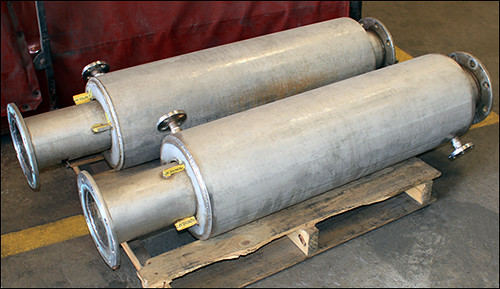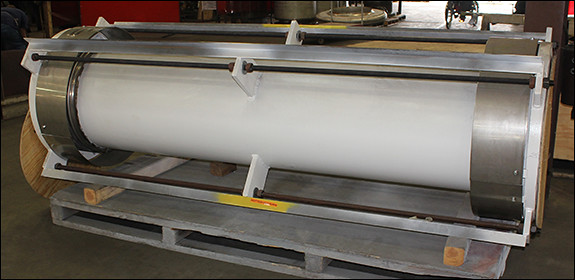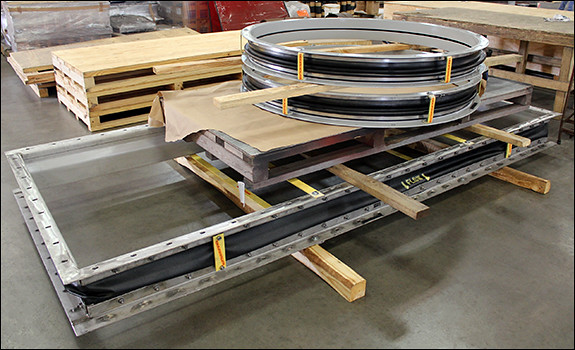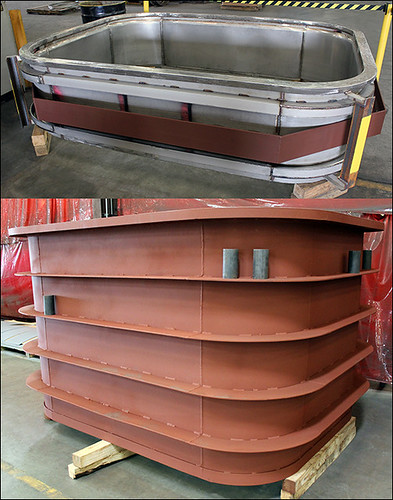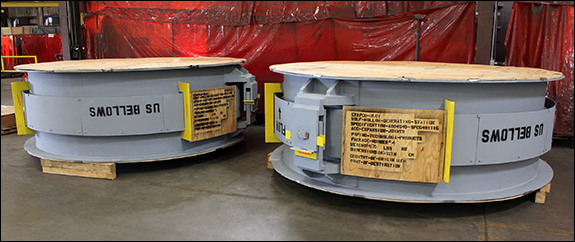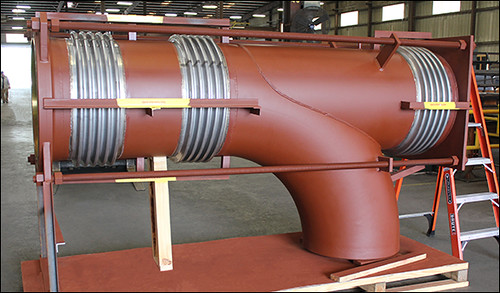| Type: | Externally Pressurized Expansion Joints |
| Size: | 4″ Diameter & 57″ Length |
| Design: | 304 Stainless Steel |
| Material: | 500°F at 30 psig, 189 lb./in. Spring Rate & 8″ Axial |
| Testing: | Dye-Penetrant and Air Soap & Bubble |
US Bellows custom-designed these externally pressurized expansion joints for pneumatic conveying and filtration at a manufacturing facility in Missouri. The units were completely fabricated for 304 stainless steel. They are 4″ in diameter and 57″ in length. These expansion joints are designed for an operating temperature or 500°F at 30 psig, with a spring rate of 189 lb./in. and can absorb 8″ of axial compression. The units were 100% dye-penetrant and air soap & bubble tested prior to shipment.
Read More


